Easy Guide To Start Rainwater Harvesting.
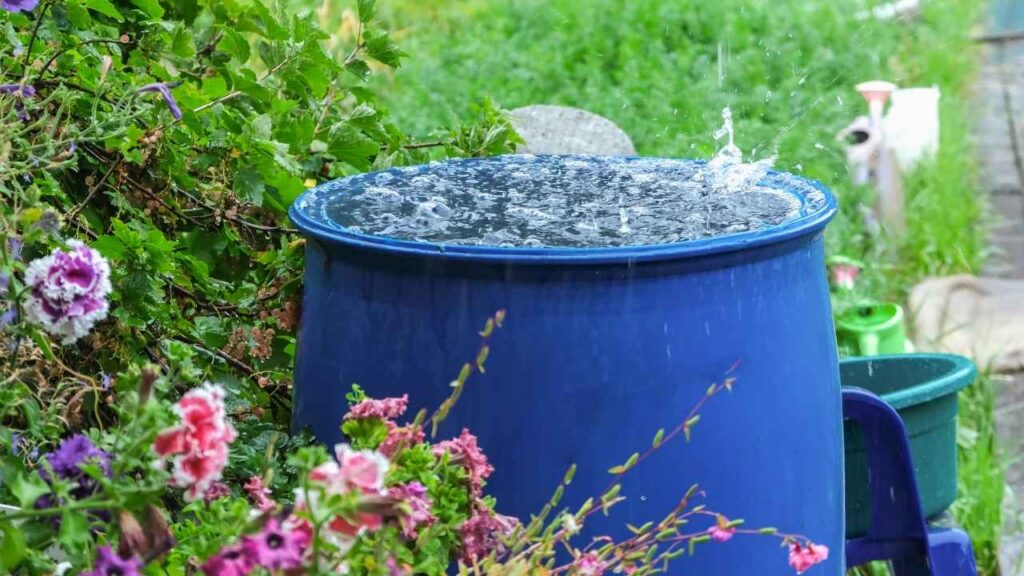
Rainwater harvesting is the practice of collecting and storing rainwater for later use. This ancient technique has been employed by civilizations throughout history, from the terracotta jars of ancient Rome to the sophisticated cisterns of the Maya. In the context of sustainable gardening, rainwater harvesting systems offer a means to reduce reliance on municipal water supplies, conserve precious resources, and cultivate thriving gardens even in arid climates.
Table of Contents
Types of Rainwater Harvesting Systems
Rainwater harvesting systems come in various forms, each tailored to suit different climates, landscapes, and water needs. Some common examples include:
Rain Barrels:
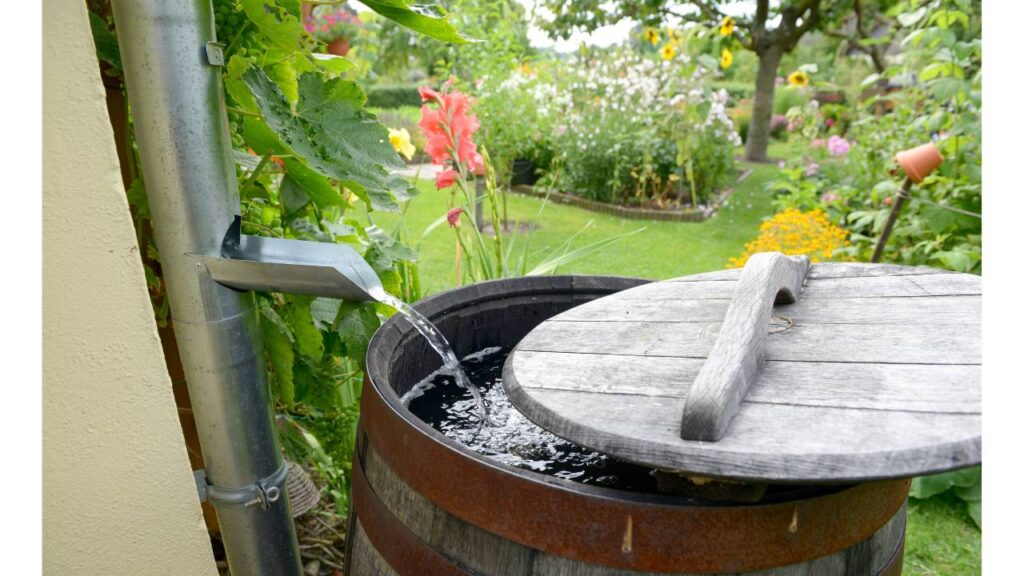
Simple and cost-effective, rain barrels capture water from roof gutters and downspouts, storing it for later use in the garden. With proper filtration and maintenance, rain barrels can provide a reliable source of irrigation water for small to medium-sized gardens.
Rainwater Tanks:
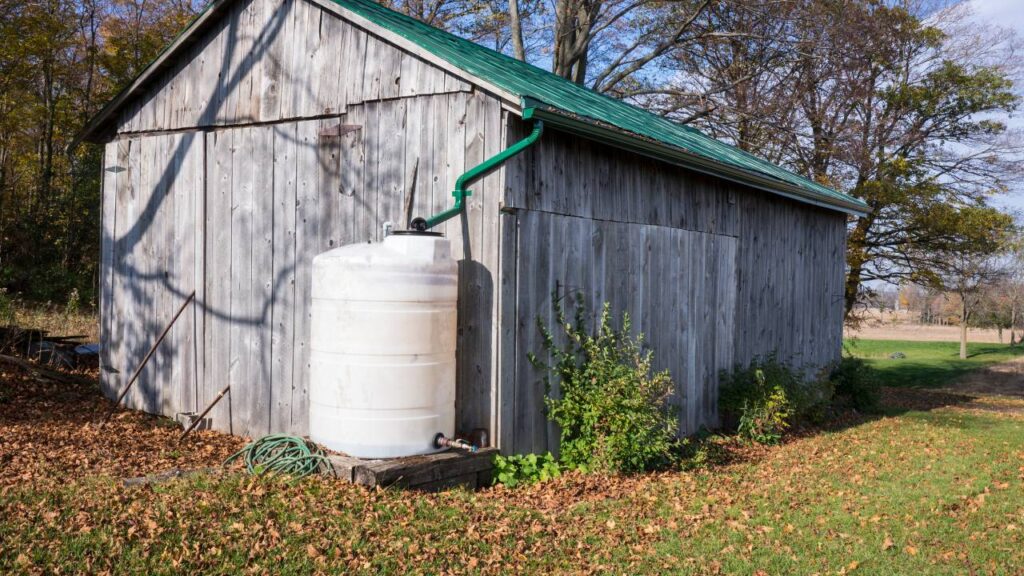
For larger-scale water storage, rainwater tanks offer a more robust solution. These tanks come in a range of sizes and materials, from plastic to stainless steel, and can be installed above or below ground to suit the needs of the gardener.
Rain Gardens:
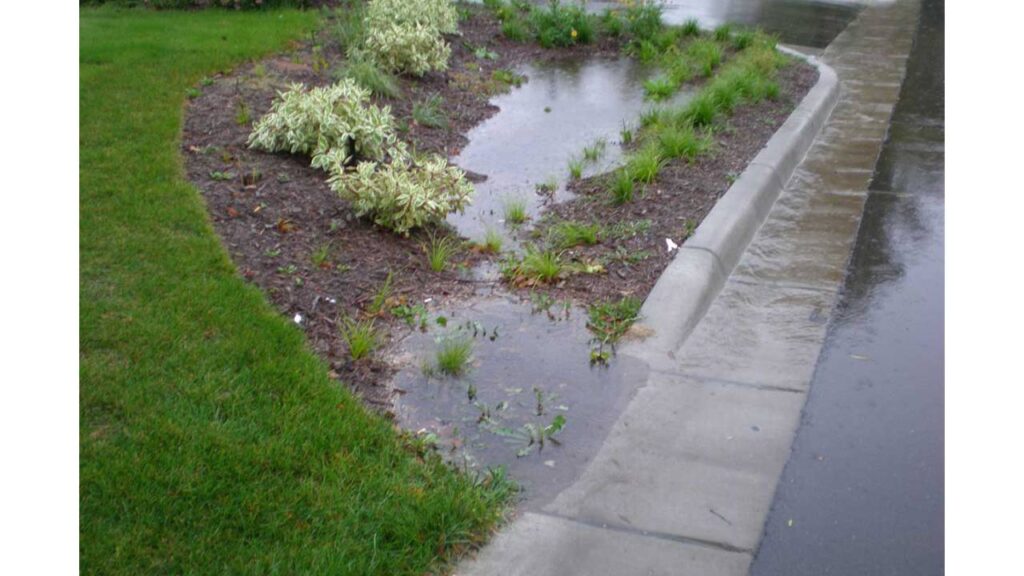
A naturalistic approach to rainwater harvesting, rain gardens are designed to capture and absorb rainwater runoff, reducing erosion and filtering pollutants before they enter waterways. By incorporating native plants and permeable surfaces, rain gardens can enhance biodiversity and create beautiful, low-maintenance landscapes. If you’re interested in learning more about eco-friendly gardening practices, including rainwater harvesting and rain gardens, check out eco-friendly gardening practices for valuable insights and tips.
The Benefits of Rainwater Harvesting for Gardening
Let us pause to consider the myriad benefits bestowed upon both garden and gardener through the adoption of rainwater harvesting systems:
Water Conservation:
According to the Environmental Protection Agency (EPA), outdoor water use accounts for nearly 30% of total household water use in the United States. By capturing rainwater for irrigation, gardeners can significantly reduce their reliance on potable water sources, conserving this precious resource for essential indoor uses.
Soil Health:
Unlike municipal water, which often contains chlorine and other chemicals, rainwater is naturally pure and devoid of harmful additives. When used to irrigate gardens, it helps maintain soil pH balance and microbial activity, promoting healthier, more resilient plants.
Cost Savings:
With water rates on the rise in many regions, rainwater harvesting can lead to substantial cost savings over time. By investing in a harvesting system, gardeners can enjoy a free and abundant source of irrigation water, reducing their monthly utility bills in the process.
Environmental Impact:
By reducing reliance on municipal water supplies, Harvesting systems help alleviate pressure on local water sources and reduce the energy consumption associated with water treatment and distribution. Additionally, by capturing rainwater before it runs off into storm drains, gardeners can mitigate the risk of soil erosion and water pollution.
Frequently Asked Questions.
How does rainwater harvesting work?
Rainwater harvesting systems typically involve collecting rainwater from rooftops via gutters and downspouts. The collected rainwater is then directed into storage containers, such as rain barrels or tanks, where it is stored for later use. The stored rainwater can be filtered and treated if necessary before being used for irrigation or other purposes.
Are rainwater harvesting systems legal and safe?
The legality and safety of rainwater harvesting systems vary depending on location and local regulations. In many areas, rainwater harvesting is legal and encouraged for non-potable uses like irrigation. However, it’s essential to check local regulations and ensure that the system is installed correctly to prevent contamination and ensure safety.
What are the maintenance requirements for rainwater harvesting systems?
Maintenance requirements for such systems may include:
- Regular inspection of gutters, downspouts, and storage containers for debris and blockages.
- Cleaning of filters and screens to prevent clogs.
- Periodic disinfection or treatment of stored rainwater to prevent bacterial growth.
- Winterizing the system in colder climates to prevent freezing and damage.
How much water can be harvested from rainwater harvesting systems?
The amount of water that can be harvested from rainwater harvesting systems depends on factors such as the size of the collection surface (e.g., roof area), local rainfall patterns, and the capacity of the storage containers. In general, a 1,000-square-foot roof can yield around 600 gallons of water from just one inch of rainfall.
Can rainwater harvesting systems be used for drinking water?
While rainwater is generally considered safe for non-potable uses like irrigation and toilet flushing, using rainwater for drinking water requires additional filtration and treatment to meet safety standards. It’s essential to consult local health authorities and follow recommended guidelines for treating rainwater intended for drinking.
What are the environmental benefits of rainwater harvesting?
Rainwater harvesting helps reduce the demand for potable water from municipal sources, thereby conserving energy and reducing the carbon footprint associated with water treatment and distribution. Additionally, by capturing rainwater before it becomes stormwater runoff, rainwater harvesting systems help reduce pollution of rivers, lakes, and other water bodies.
Challenges and Considerations
While the benefits of rainwater harvesting for sustainable gardening are undeniable, it is essential to acknowledge and address the challenges that may arise:
Initial Investment:
The upfront cost of installing a harvesting system, particularly larger-scale systems such as rainwater tanks, can be prohibitive for some gardeners. However, it is essential to view this investment as a long-term commitment to sustainability and resilience.
Maintenance Requirements:
Like any garden infrastructure, rainwater harvesting systems require regular maintenance to ensure optimal performance and longevity. This may include cleaning gutters, inspecting tanks for leaks, and winterizing systems in colder climates.
Regulatory Considerations:
Before installing a harvesting system, gardeners should familiarize themselves with local regulations and permitting requirements. In some areas, there may be restrictions on the collection and use of rainwater, particularly for potable purposes.
The Transformative Power of Rainwater Harvesting
As we contemplate the adoption of rainwater harvesting systems for sustainable gardening, let us not overlook the profound impact they can have on our connection to the natural world. In capturing and stewarding the gift of rainwater, we reaffirm our kinship with the earth and honor the cycles of abundance and renewal that sustain all life. Through the simple act of harvesting rainwater, we become stewards of our landscapes, guardians of our water resources, and co-creators of a more sustainable and resilient future.
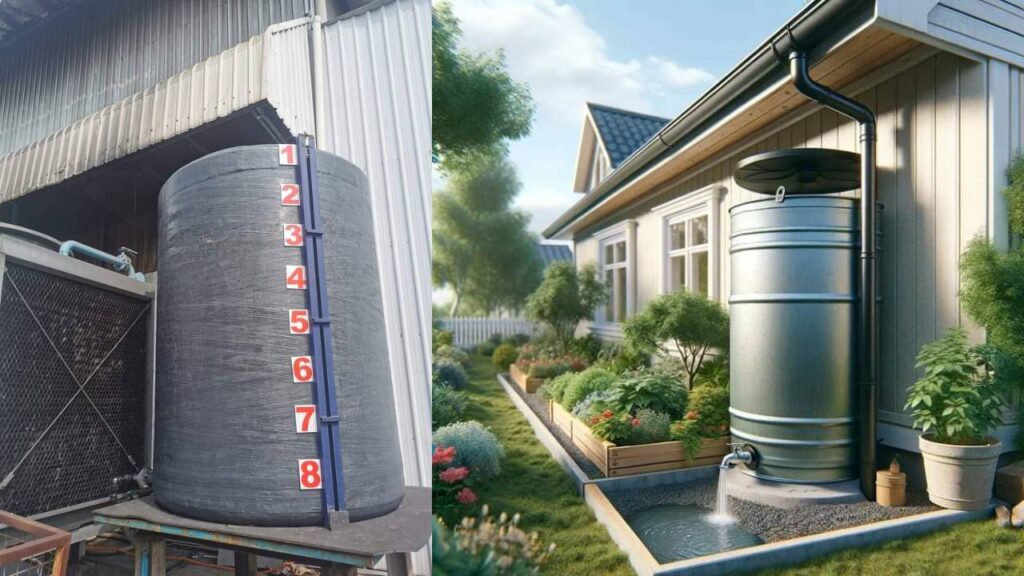
Make Every Drop Count. Why rainwater, you ask? Because It’s soft water, free of chemicals, perfect for your plants and it reduces your water bill and your ecological footprint. Every drop you collect is one less drop needed from the water supply, making it a win-win for you and the planet.
As a reference to the information provided in this blog post, readers are encouraged to explore further insights and resources available at International Rainwater Harvesting Alliance. This link offers additional information on rainwater harvesting systems, including detailed guides, case studies, and expert opinions, enhancing the depth and breadth of knowledge on this sustainable gardening practice.
Conclusion
In conclusion, Harvesting systems offer a powerful means to cultivate thriving gardens while reducing our environmental footprint and enhancing our resilience to a changing climate. By harnessing the bounty of nature’s rainfall, we can nurture our landscapes, conserve precious resources, and embark on a journey toward greater self-sufficiency and sustainability. If you’re interested in exploring more about sustainable living practices and environmental initiatives, visit WeCareEarth.com for valuable resources and ideas.
We hope this journey into the world of rainwater harvesting has inspired you to embrace nature’s bounty and tread lightly upon the earth. Comment Down Or Reach us at contact@wecareearth.com for any queries.
